Buried Secrets: How Fugitive Cop Killer Donald Eugene Webb was Finally Located After 36 Years
In December 1980, career criminal Donald Eugene Webb murdered the police chief of a small Pennsylvania town. After more than three decades as a wanted fugitive, his whereabouts were finally revealed
Background
On December 4, 1980, the quiet borough of Saxonburg, Pennsylvania, was rocked by the sudden, violent murder of its police chief. The murder, the first since 1849, and only the second in the borough’s history, stunned and outraged the residents of the small, tight-knit community.
As they searched for answers, a single clue left at the crime scene would ultimately reveal the identity of the killer and lead local and state police, as well as the FBI, on a multi-decade nationwide manhunt that would eventually reach a strange and macabre conclusion.
Murder of Chief Greg Adams
31-year-old Gregory “Greg” Adams was the chief of police of Saxonburg, a small borough in Butler County, Pennsylvania, approximately 25 miles north of Pittsburgh. Shortly before 3 p.m. on the afternoon of December 4, 1980, Chief Adams, a husband and father of two young sons, observed a white Mercury Cougar go through a stop sign.
Adams then turned around to follow the car, intending to pull it over. After briefly losing sight of it, Adams observed the car attempting to turn around in the parking lot of the Agaway feed store. Adams then used his patrol car to block the parking lot’s exit.
Due to the positioning of the cars, Chief Adams was forced to approach the Mercury from the front, rather than from the rear, which is standard police protocol. This, unfortunately, left Adams in a vulnerable position.
From the information that has been pieced together, as Adams began to look over the driver’s license that the man gave him, he was suddenly shot without warning. After being hit twice, Adams and the driver engaged in a fierce struggle during which Adams was able to draw his revolver and shoot the man in the leg.
As the fight moved from the Agaway parking lot to a nearby residence, a 16-year-old boy named Tiger Freehling heard gunshots outside his bedroom window. Tiger quickly alerted his mother, Midge, about what he heard.
After going outside, she saw a figure lying in the bushes. As she got closer, she recognized the bloodied man as her friend Chief Greg Adams. Greg told her that he had been shot and asked her to call for help.
After doing so, Midge asked Greg who had shot him. Greg told her he didn’t know. As they waited for help, Midge saw a white car driving away from the scene. As she tried to comfort Greg, he asked her to pray for him, telling her that he didn’t think he would make it.
Within minutes, paramedics arrived and rushed Greg to the hospital. He had been shot twice and severely beaten with a pistol. Tragically, he died shortly after his arrival. The loss was devastating not only for Greg Adams’ wife, Mary Ann, and sons Benjamin and Gregory Jr., but for the entire community of Saxonburg. A stranger had taken one of their own, and they demanded answers.
A Vital Clue
Within hours of the shooting, investigators with the Pennsylvania State Police were examining the crime scene. They soon discovered an empty .25 caliber pistol with no serial number or other identifying markers. The suspect’s blood was also found at the scene, presumably from being shot by Adams during the struggle.
However, the break in the case came when a vital clue was located. Left at the scene was the killer’s driver’s license, which had been dropped at the scene when Adams was ambushed.
The New Jersey driver’s license belonged to a man named Stanley John Portas. After running the license, police learned that Stanley Portas had died in 1948 and was buried in a cemetery in Dartmouth, Massachusetts.
After further investigation, they learned that Portas had been married to a woman named Lillian and that she was now married to a man named Donald Eugene Webb.
Donald Eugene Webb
Donald Eugene Webb was a familiar name to law enforcement. Described by some as a career criminal, Donald Eugene Perkins was born in 1931 in Oklahoma City. In 1956, he legally changed his name to Webb after being arrested in 1955 following a botched bank robbery in Boston. After pleading guilty, Webb was sentenced to 12 to 15 years at Walpole prison.
Webb had a lengthy criminal history, with convictions for burglary, breaking and entering, possession of counterfeit money, and armed robbery, among others. Although Webb worked several legitimate jobs, including as a butcher, restaurant manager, and vending machine repairman, he was also heavily involved in crime.
Police in New York have described Webb as “An itinerant burglar well versed in the art of criminal impersonation.” This is what authorities believe he did when he assumed the identity of his wife’s late husband, Stanley Portas.
In 1979, Webb and an accomplice were charged with attempted burglary after they posed as sewer and water inspectors in a town in suburban Albany, New York. However, after posting bail, Webb skipped town.
Webb, who had previously served a two-year term in New York state prison, was allegedly part of the Massachusetts-based “Fall River Gang,” a collection of criminals who robbed and burglarized banks, stores, hotels, and homes along the East Coast. The gang is alleged to have had ties to the Providence, Rhode Island-based Patriarca crime family, where much of the stolen goods were fenced.
It has been theorized by law enforcement that Webb was in Saxonburg to case a jewelry store that he planned to rob. They believe that when Chief Adams stopped him, Webb feared that his identity would be discovered, and because of his active arrest warrants, he would be sent back to prison.
Manhunt
Two weeks after the murder of Greg Adams, the blood-stained Mercury Cougar, which Webb had been driving, was found abandoned in Warwick, Rhode Island. A federal arrest warrant was issued for Webb, charging him with murder, attempted burglary, and unlawful flight to avoid prosecution. The following year, in 1981, Webb was added to the FBI’s Ten Most Wanted List.
Webb was known to have connections throughout New England, and particularly in Massachusetts, where the last confirmed sighting of him was in New Bedford in July 1981. Over the years, there have been other alleged sightings, including those in Canada and Costa Rica; however, none of these have been substantiated.
In 1990, a man claiming to be Donald Webb called John Walsh, the host of the television show “America’s Most Wanted.” After the caller was unable to answer questions that only Webb would know, the call was deemed a hoax.
In September 1999, Webb became the fugitive with the longest tenure on the FBI’s Ten Most Wanted List. In March 2007, after nearly 26 years, with no leads or credible sightings, Webb was removed from the list. This record was later broken by armed robber Victor Manuel Gerena, who was added to the list in May 1984 and removed in December 2016.
In a twist of irony, in 2005, a Detroit man was investigated for identity theft after it was discovered that he had been using Donald Webb’s name, date of birth, and Social Security number.
As late as 2015, some FBI agents believed that Webb was still alive, and that year they increased the reward to $100,000 for information that would lead to his capture or his remains.
A Shocking Secret
In November 2016, while executing a search warrant at the home of Webb’s wife, Lillian, in North Dartmouth, Massachusetts, they made a surprising discovery. Hidden behind a closet in the basement was a secret room.
What was even more unusual was that the room had not existed when Lillian had purchased the home. A system of locks and hooks was in place to prevent the door from accidentally being opened.
Inside the room, agents found a walking cane as well as several boxes of silver coins. Additionally, more than 40 photographs of Webb were found inside the home. Lillian was questioned about these items, but she denied knowing anything about them or how they got there.
As for the secret room, she claimed that she had it constructed in case her home was ever burglarized, so she could hide in it. Months later, in June, the FBI agents returned to the property with a new search warrant. This time, they were looking to seize items that may contain Webb’s DNA.
Realizing that she was facing the possibility of being charged with harboring a fugitive, in July 2017, Lillian’s lawyer contacted the FBI and informed them that she was willing to cooperate.
In exchange for immunity from prosecution, Lillian revealed to the agents what had become of Danald Webb. She told them that after the shooting in Saxonburg, Webb spent a month at Tobey Hospital in Wareham, Massachusetts, recovering from his leg wound. He had checked in under an alias.
Lillian explained how she had sheltered Webb for nearly 19 years, and that he had died in December 1999. She told them that towards the end of his life, his health had dramatically declined. He suffered several strokes and had said to her that when he died, she was to bury him in the backyard.
Honoring his wishes, Lillian had in fact buried Donald Webb inside a Tupperware container in the backyard along with his .22 caliber pistol. Lillian brought the agents to the grave, where Webb’s remains were unearthed. After forensic testing was completed, the remains were confirmed to be Donald Webb’s.
Closing Thoughts
Although many believe that Lillian Webb should have been punished for her actions, the fact remains that without her cooperation, there likely would not have been closure in this case. It is one of the unfortunate aspects of the criminal justice system.
With the confirmation of Donald Webb’s death, no further resources or energy needed to be allocated towards trying to locate him.
And though he ultimately escaped capture and prosecution, Lillian’s account of Webb’s years in hiding does not paint a picture of a very enjoyable life. His violent actions in 1980 shaped the next two decades of his life, essentially confining him to a hidden room behind a closet in his wife’s basement.
Sources:
“Donald Eugene Webb.” Unsolved Mysteries Wiki, https://unsolvedmysteries.fandom.com/wiki/Donald_Eugene_Webb
Long, Andy. “Accused of killing a cop 35 years ago, RI mob associate remains on the lam.” NBC4, 21 January 2016, https://www.nbc4i.com/news/accused-of-killing-a-cop-35-years-ago-ri-mob-associate-remains-on-the-lam/
“New England’s Unsolved: Final secrets of police chief killer found in backyard grave.” Boston25 News, 23 February 2018, https://www.boston25news.com/news/new-englands-unsolved-final-secrets-of-police-chief-killer-found-in-backyard-grave/
“How a suspected police chief murderer avoided capture for 37 years.” Boston25 News, 18 July 2017, https://www.boston25news.com/news/fbi-most-wanted-donald-webb-documents-reveal-how-the-gangster-avoided-capture/
“Possible human remains discovered during investigation of police chief slaying.” Boston25 News, 14 July 2017, https://www.boston25news.com/news/investigation-of-1980-police-chief-slaying-leads-to-yard-dig/
“Former Ten Most Wanted Fugitive Donald Eugene Webb Located.” FBI Boston, 14 July 2017, https://www.fbi.gov/contact-us/field-offices/boston/news/press-releases/former-ten-most-wanted-fugitive-donald-eugene-webb-located




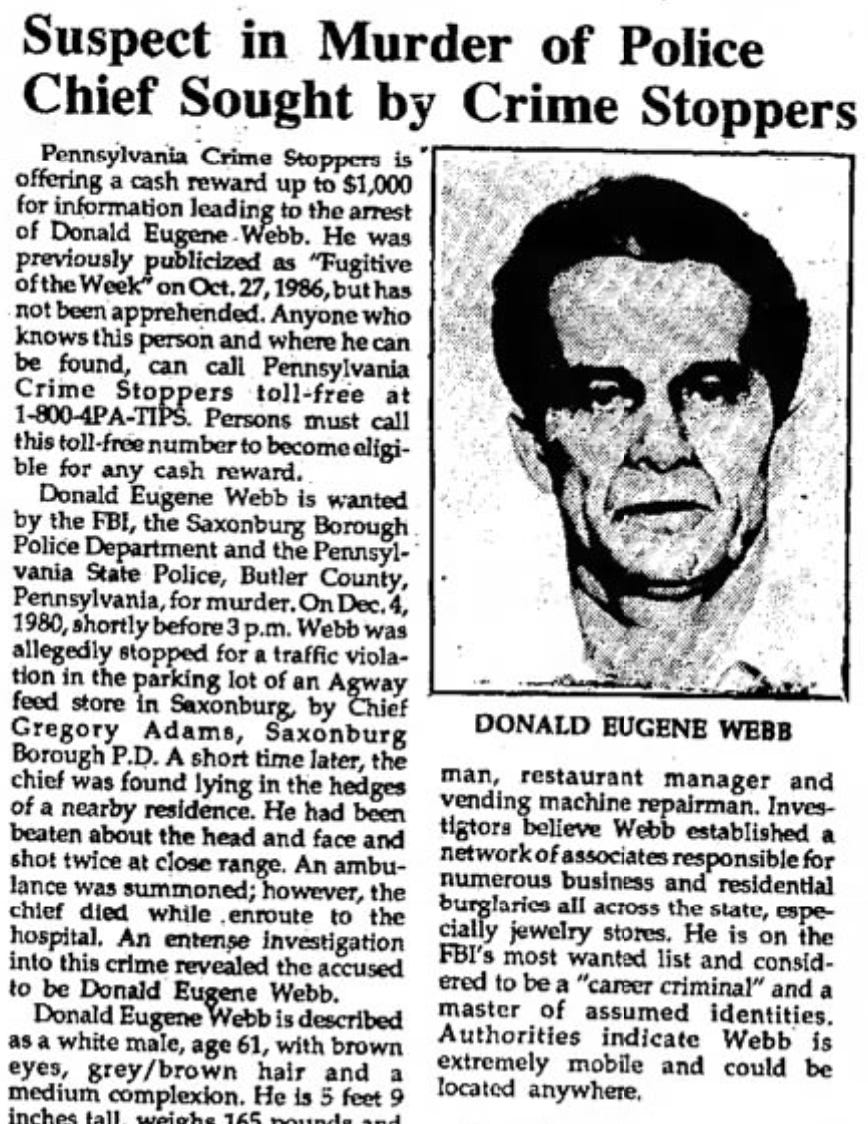


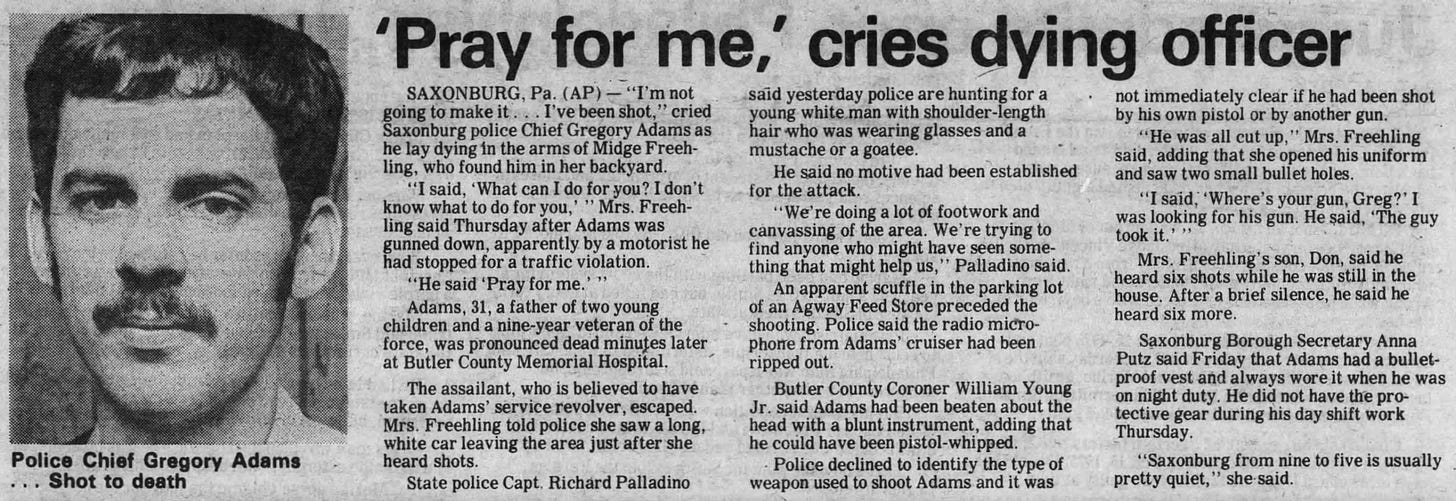
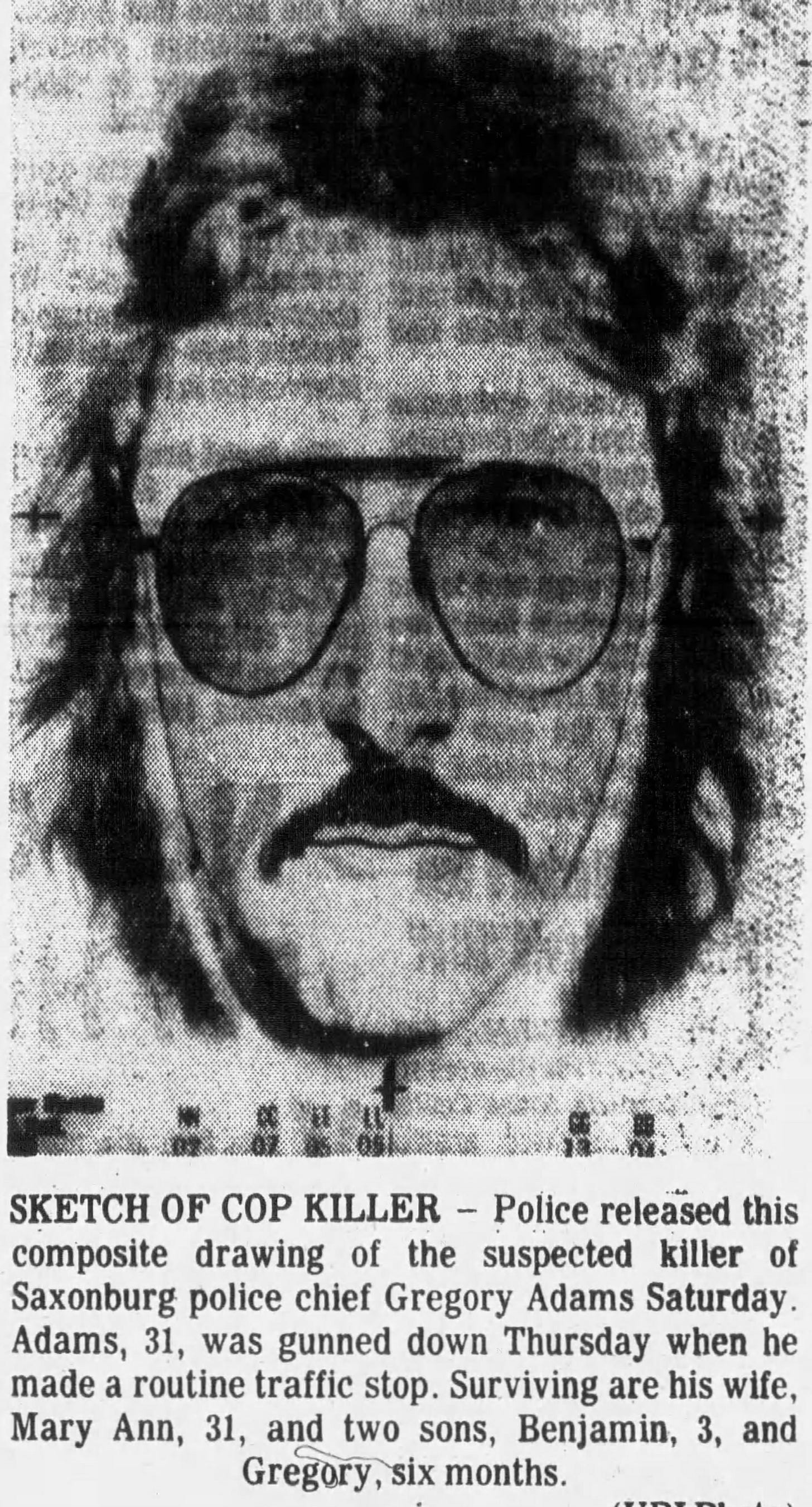
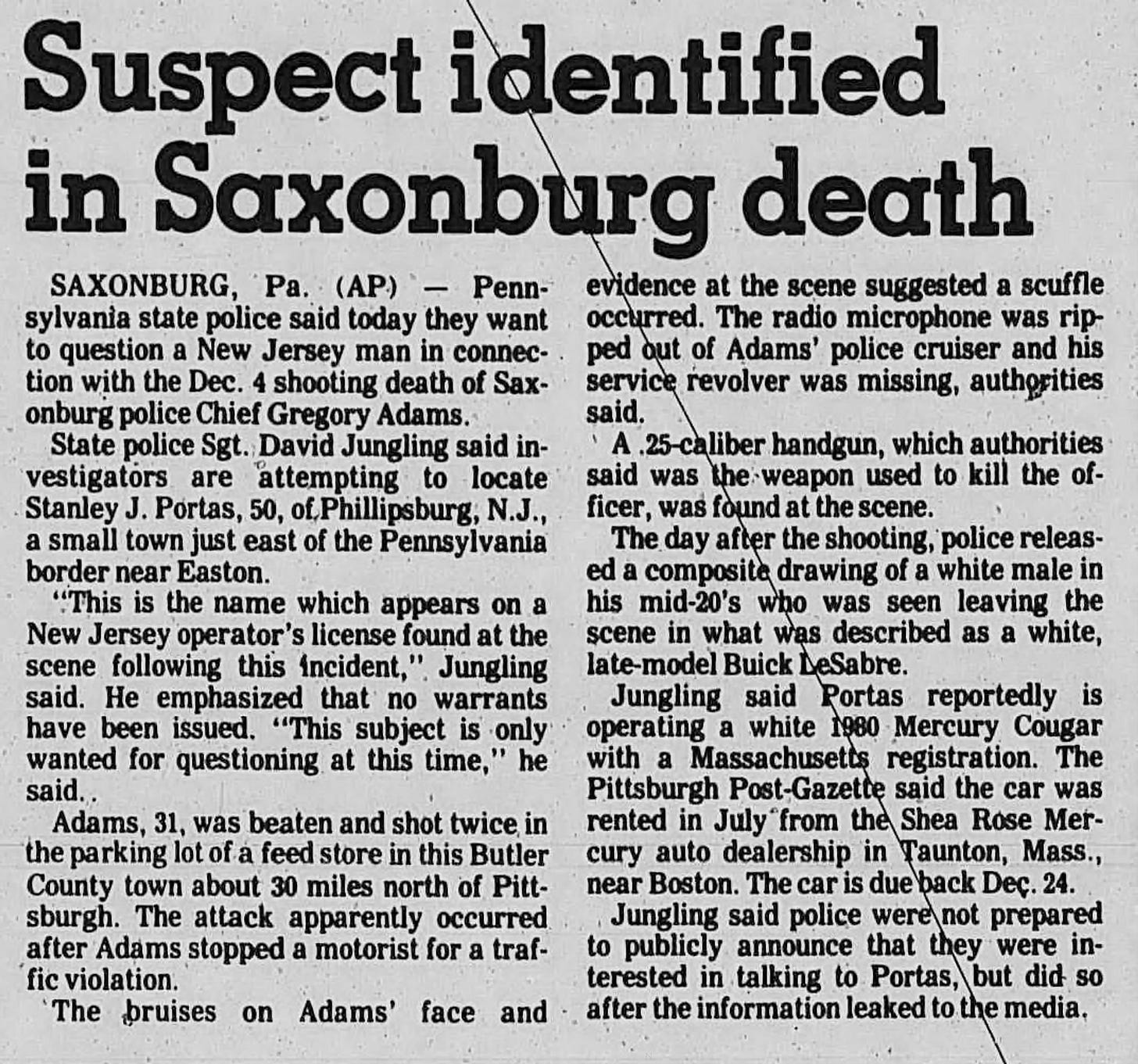
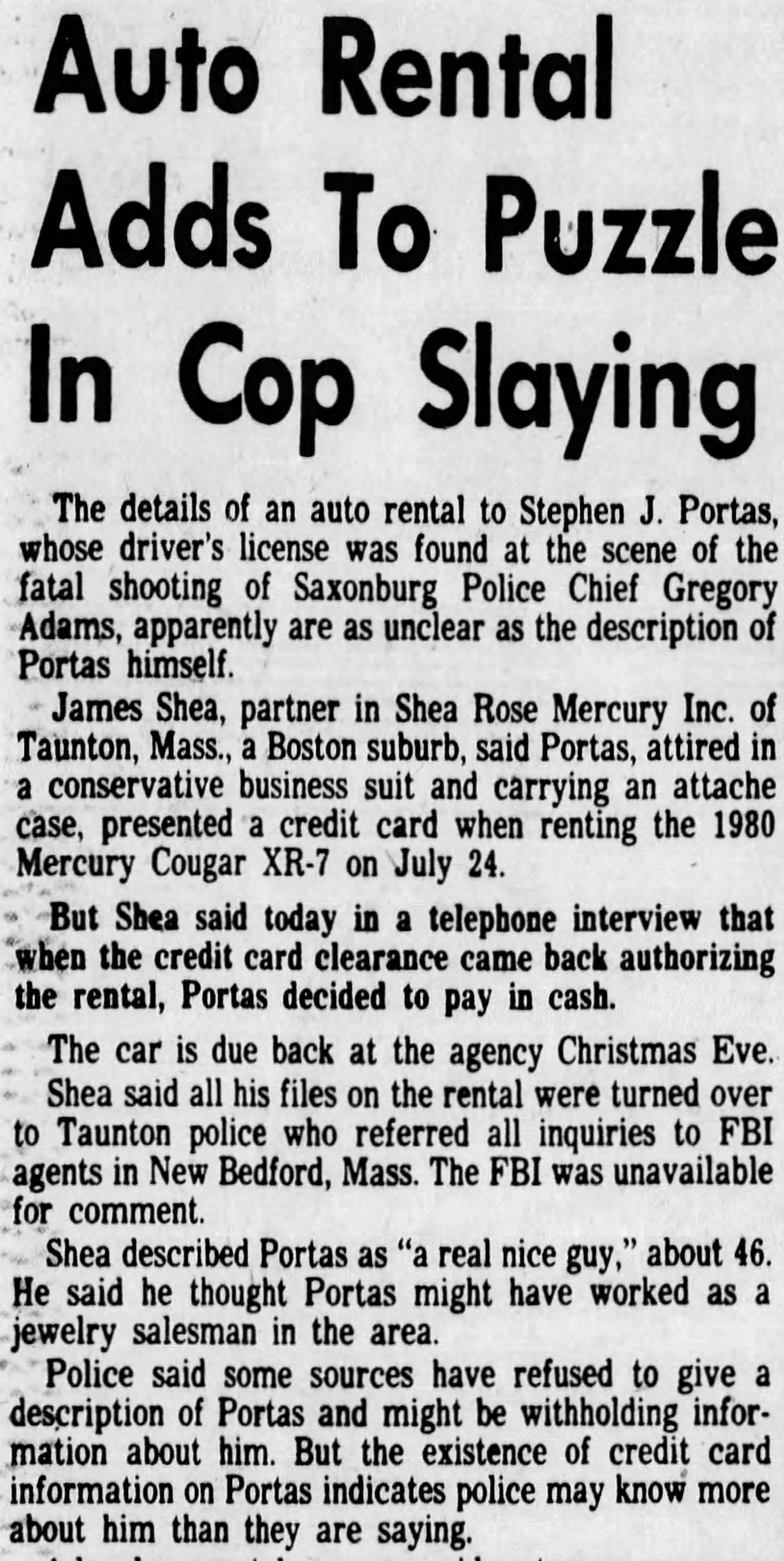
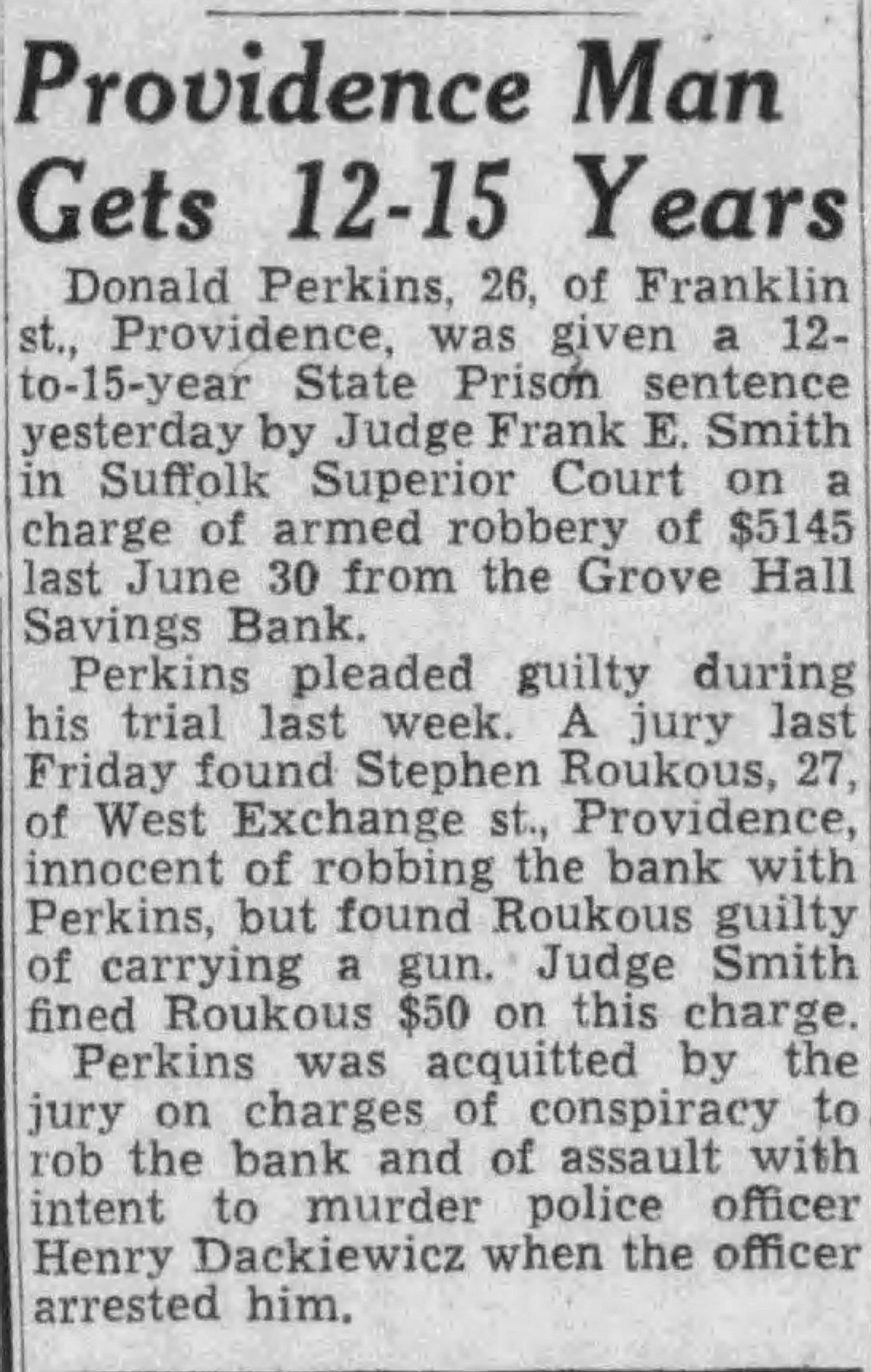

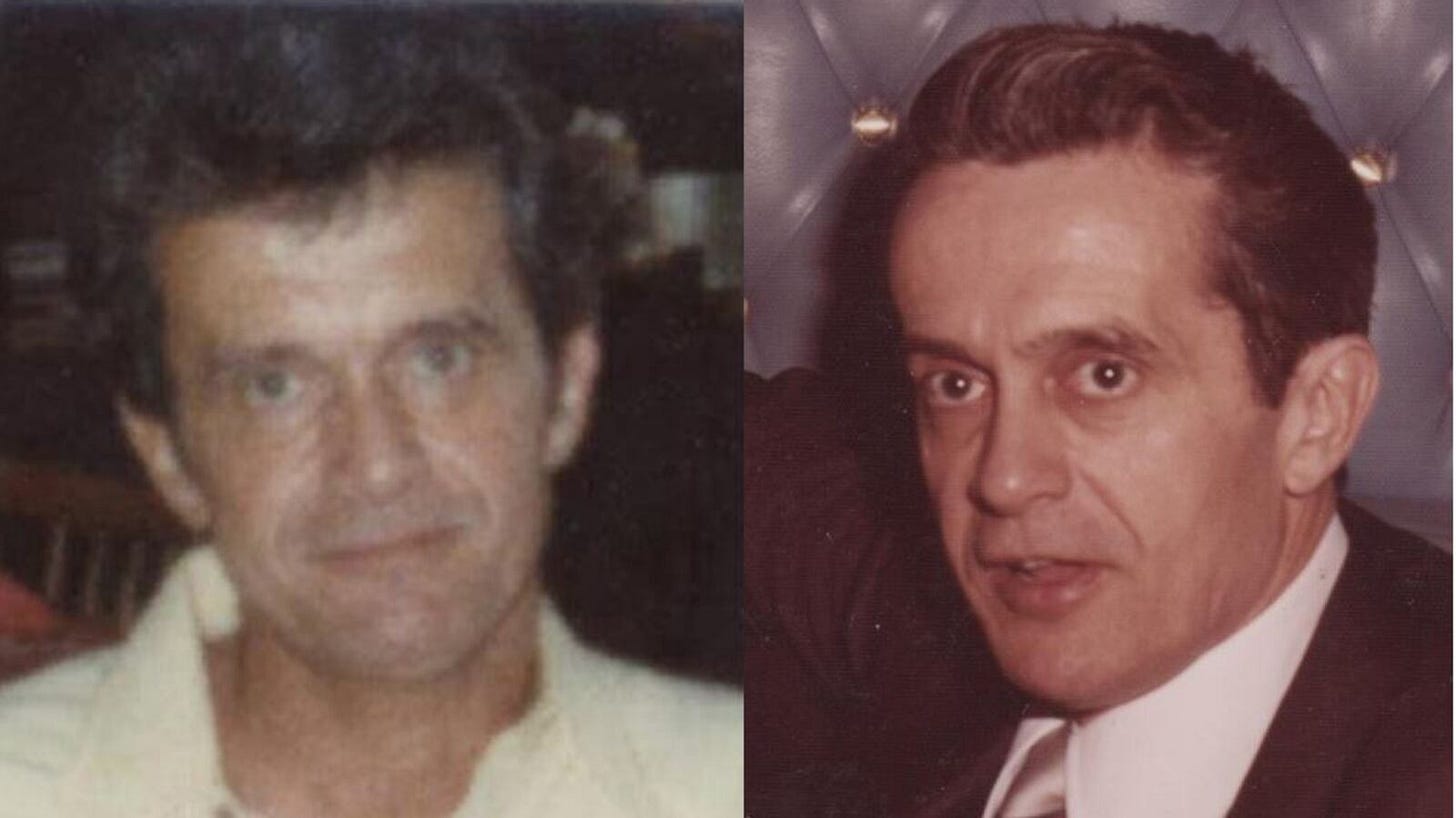
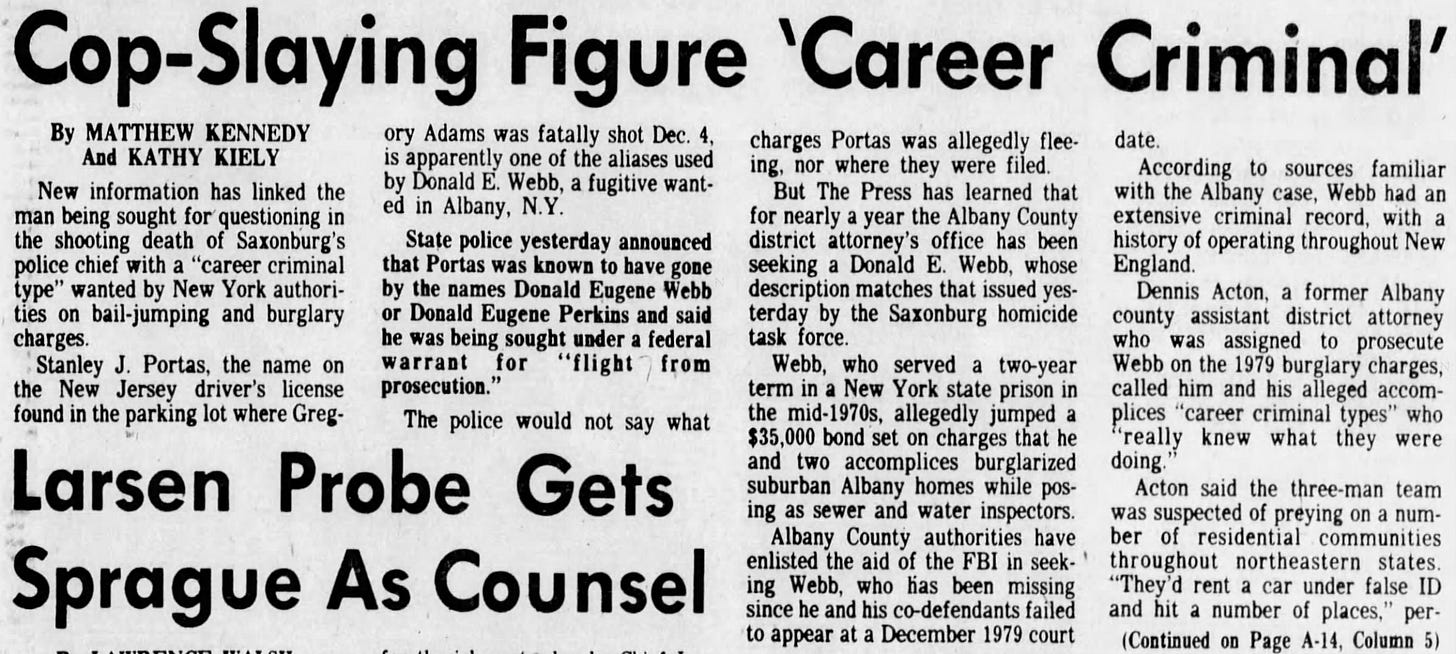

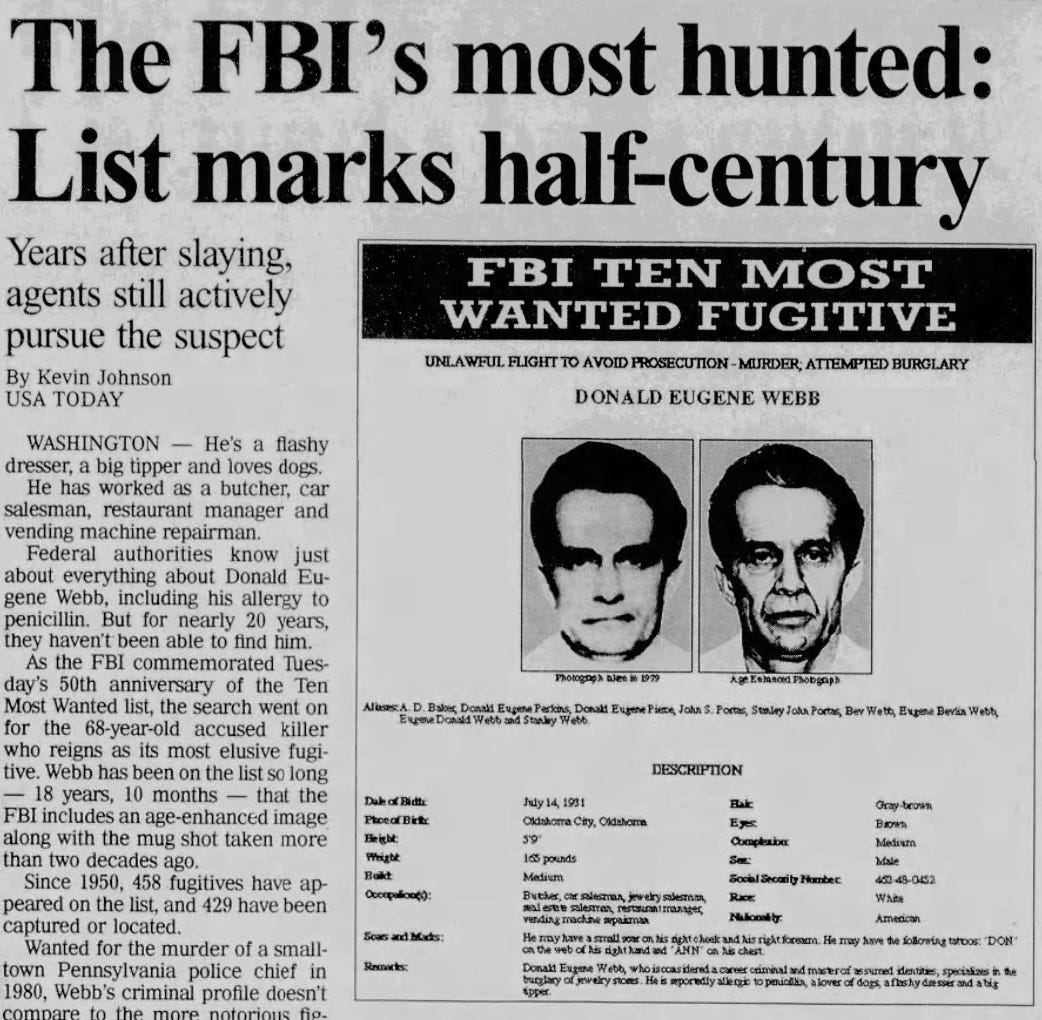
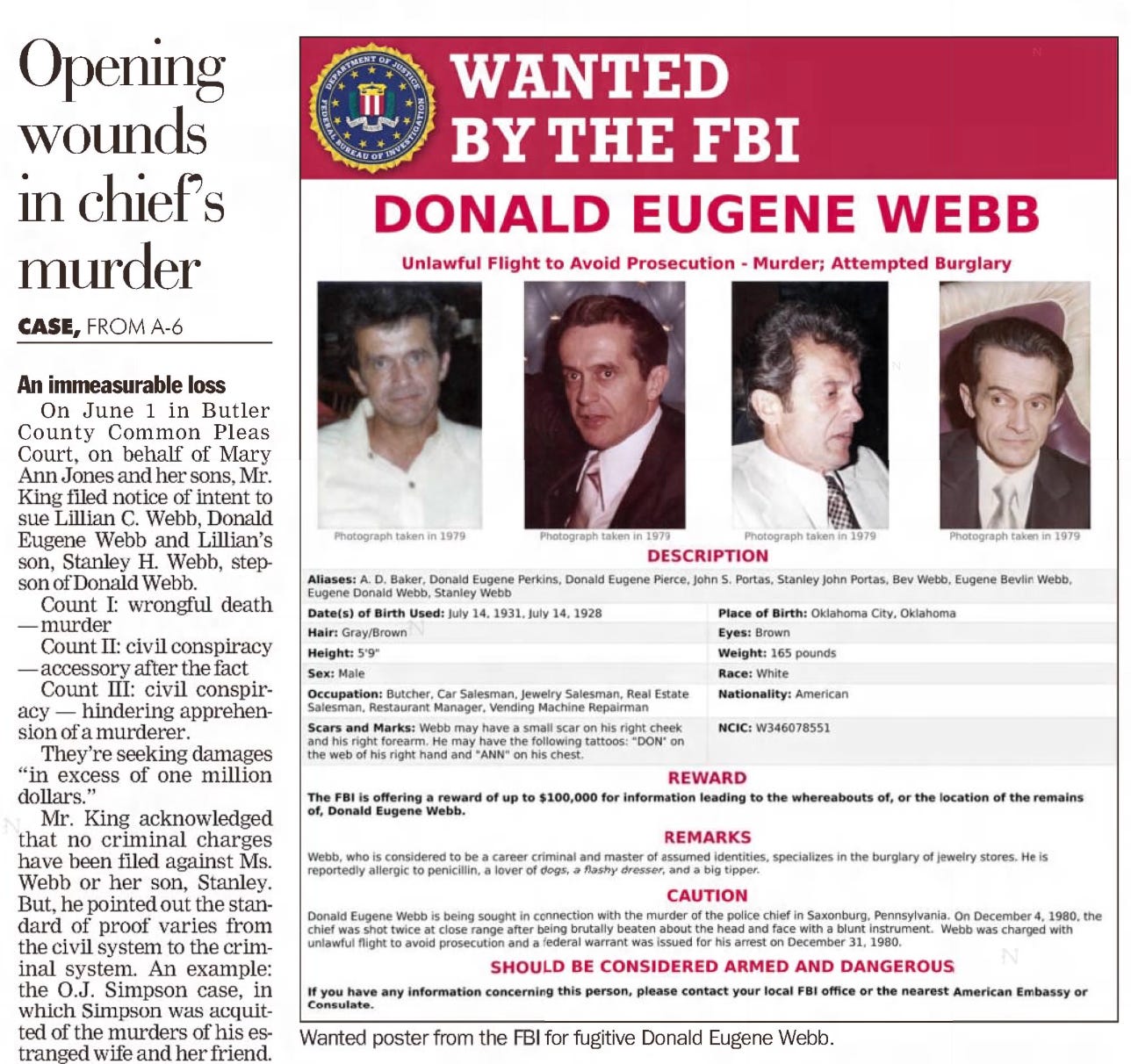
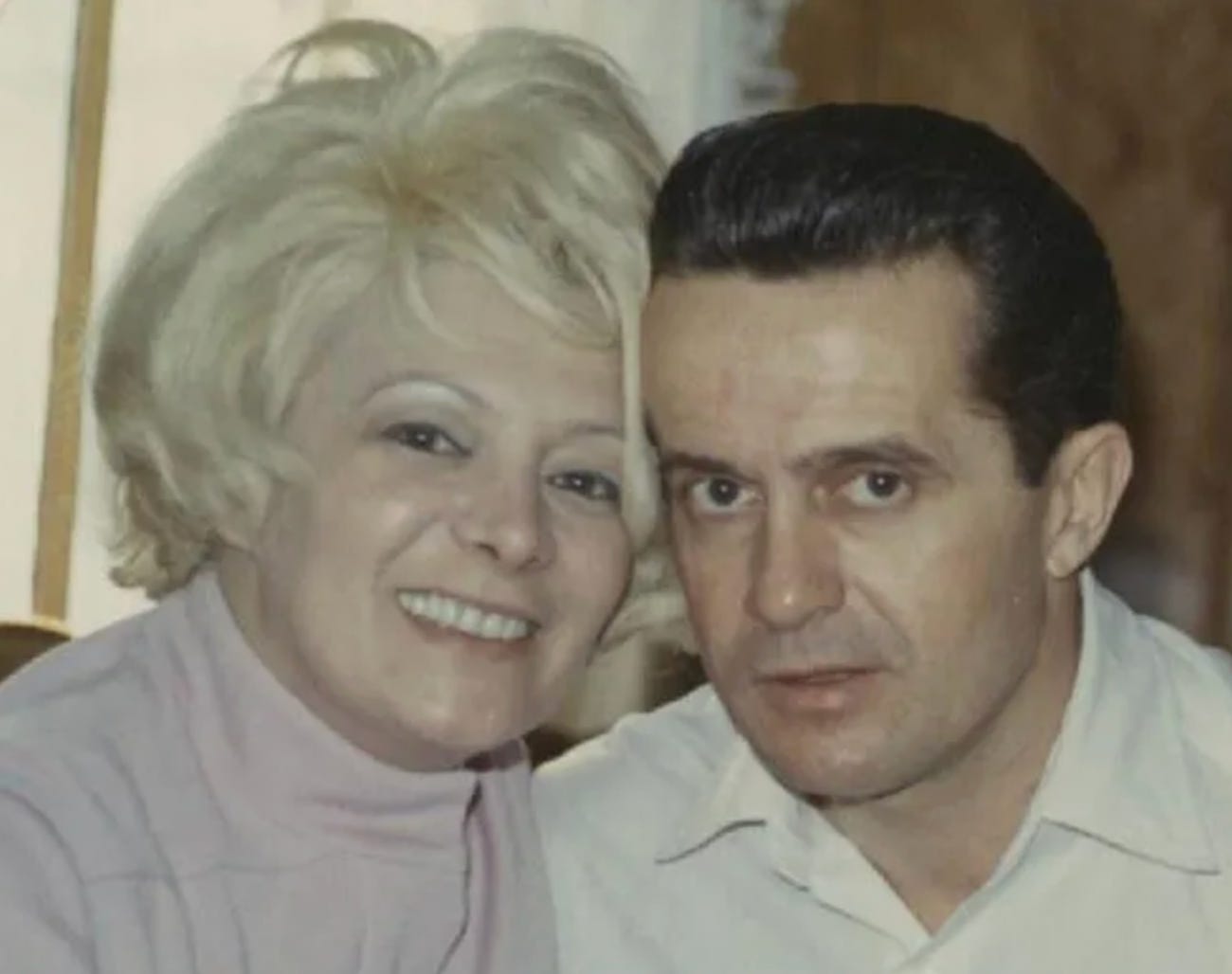
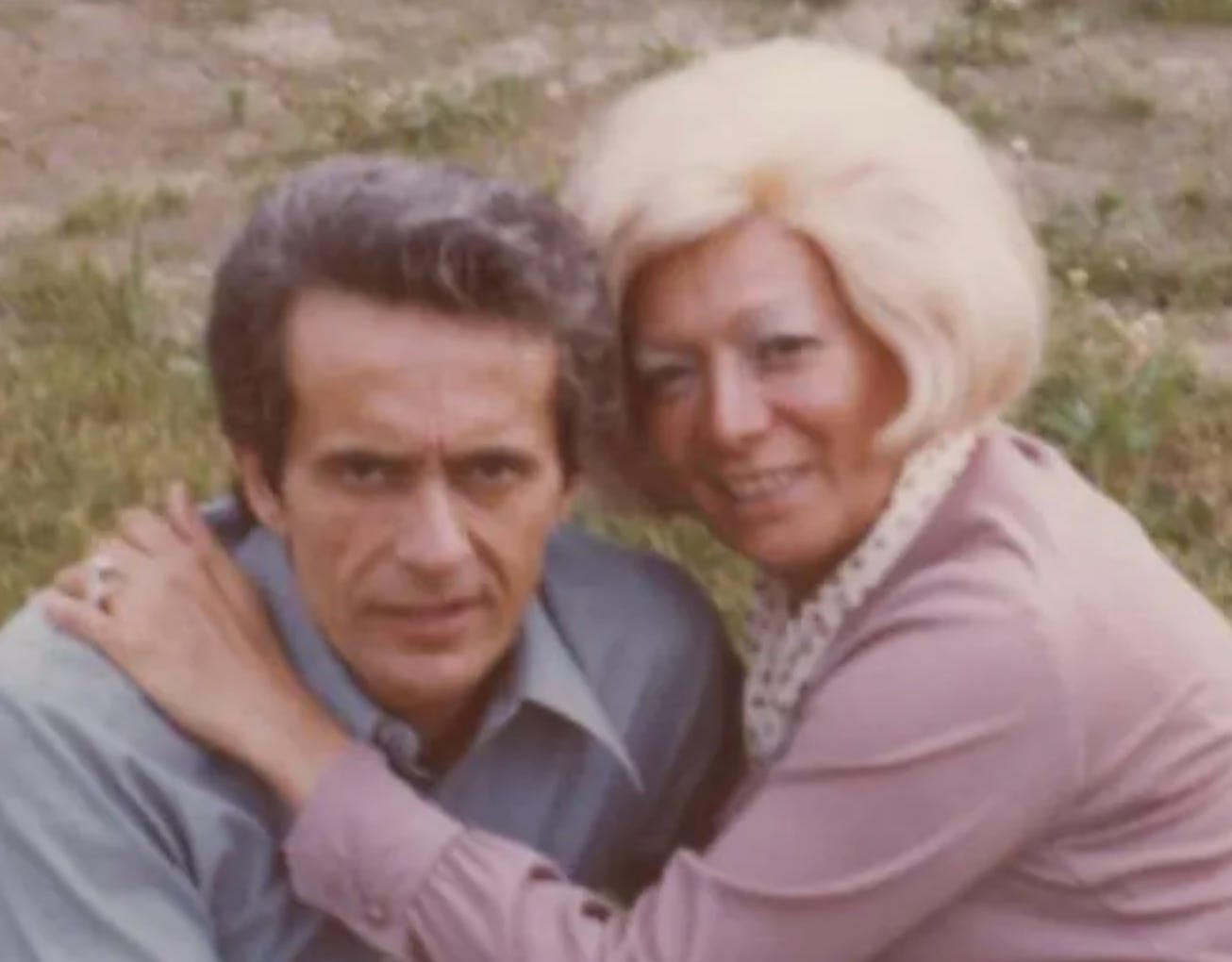
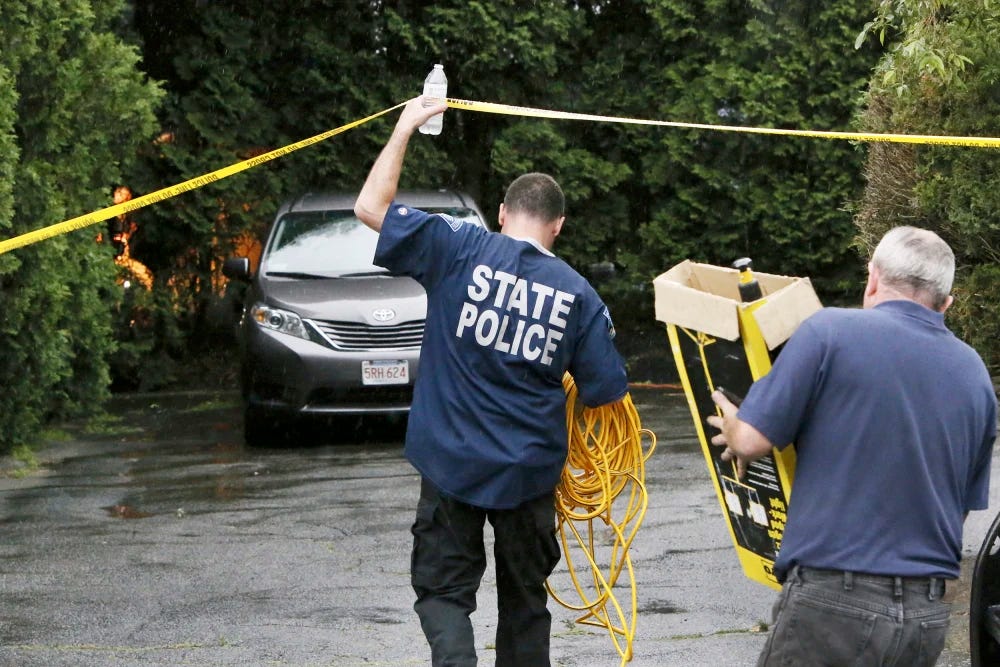
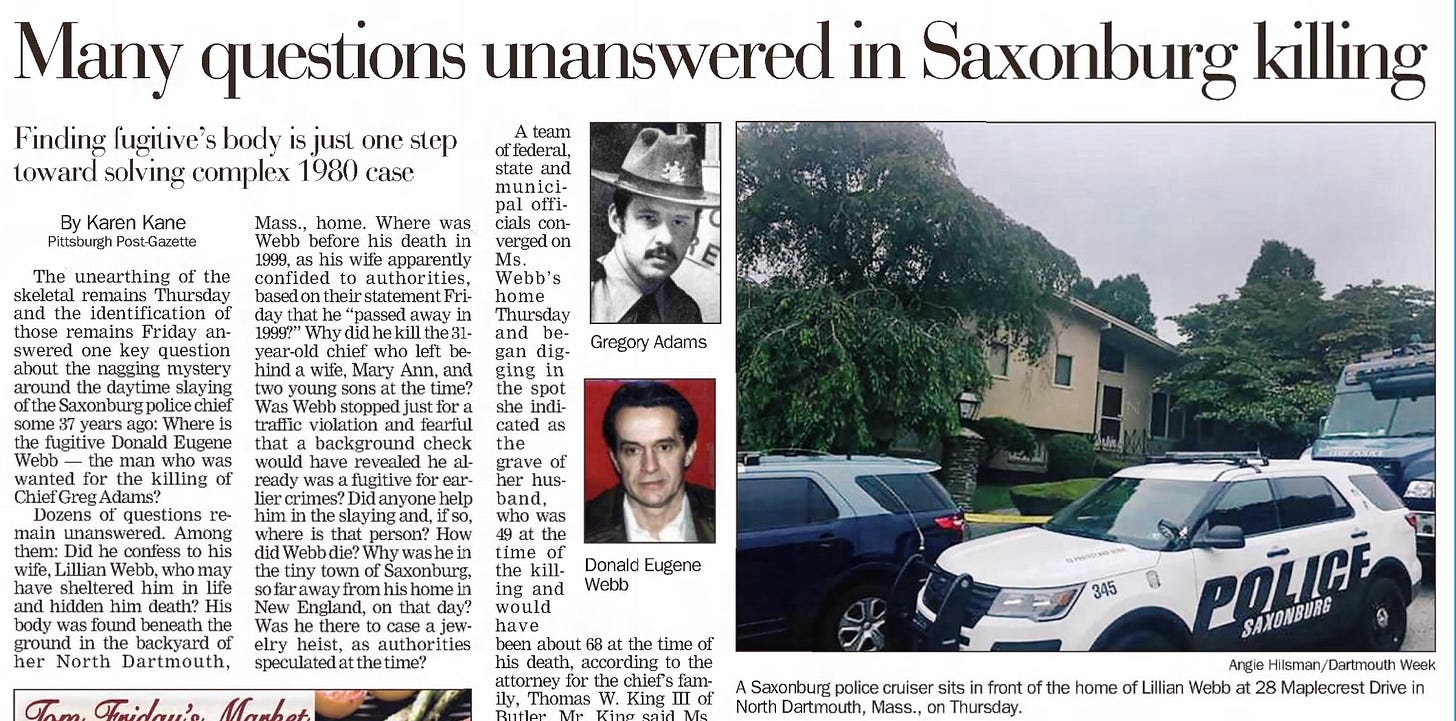
That's a pretty big tupperware...I wonder if they burped it?
In a sense, he served time locked away from society. I'm interested in how he was placed in a Tupperware container!